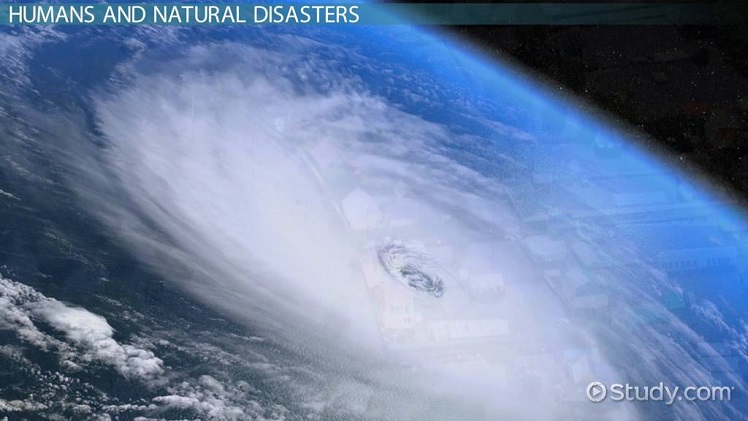
The Behavior of Gases and Liquids
The principal goal of physical chemistry is to understand the properties and behavior of material systems and to apply this understanding in useful ways.
The state of a system is specified by giving the values of a certain number of independent variables (state variables).
In an equilibrium one-phase fluid system of one substance, three macroscopic variables such as temperature, volume, and amount of substance can be independent variables and can be used to specify the macroscopic equilibrium state of the system. At least one of the variables used to specify the state of the system must be proportional to the size of the system (be extensive). Other macroscopic variables are mathematical functions of the independent variables.
The intensive state, which includes only intensive variables (variables that are independent of the size of the system), is specified by only two variables in the case of an equilibrium one-phase fluid system of one substance.
Nonideal gases and liquids are described mathematically by various equations of state.
The coexistence of phases can be described mathematically.
The liquid–gas coexistence curve terminates at the critical point, beyond which there is no distinction between liquid and gas phases.
The law of corresponding states asserts that in terms of reduced variables, all substances obey the same equation of state.
Introduction
This book is a textbook for a standard two-semester physical chemistry course at the undergraduate level. Physical chemistry involves both physics and chemistry. Physics has been defined as the study of the properties of matter that are shared by all substances, whereas chemistry has been defined as the study of the properties of individual substances. Chemistry grew out of the ancient occult art of alchemy, which involved among other things the attempted transmutation of cheaper materials into gold.
Chemistry began as a completely experimental science. Substances were named and studied without reference to their molecular structures. Sulfuric acid was called “oil of vitriol,” and chemists memorized the fact that when copper was treated with oil of vitriol a solution of “blue vitriol” (now known as copper(II) sulfate) resulted. In the late 18th century, Lavoisier established the law of conservation of mass in chemical reactions, and Proust established the law of definite proportion.
In order to explain these laws, Dalton proposed his atomic theory in 1803, as well as announcing the law of multiple proportions. With this theory, chemistry could evolve into a molecular science, with properties of substances tied to their molecular structures.
Systems
We call any object that we wish to study our system. A large system containing many atoms or molecules is called a macroscopic system, and a system consisting of a single atom or molecule is called a microscopic system.
We consider two principal types of properties of systems. Macroscopic properties such as temperature and pressure apply only to a macroscopic system and are properties of the whole system. They can be observed and studied without reference to the molecular nature of matter.
Microscopic properties such as kinetic energy and momentum are mechanical in nature. They apply to either macroscopic or microscopic systems. The study of macroscopic properties involves thermodynamics, which is the major topic of this volume, along with gas kinetic theory, transport processes, and reaction kinetics. Quantum mechanics, spectroscopy, and statistical mechanics are molecular topics and are discussed in Parts 3 and 4 of this textbook.
Mathematics in Physical Chemistry
The study of any physical chemistry topic requires mathematics. Galileo once wrote, “The book of nature is written in the language of mathematics.”We will use mathematics in two different ways. First, we will use it to describe the behavior of systems without explaining the origin of the behavior. Second, we will use it to develop theories that explain why certain behaviors occur.
Lastly comment
This chapter is an example of the first usage, and the next chapter is an example of the second usage. Much of the mathematical education that physical chemistry students have received has focused on mathematical theory rather than on practical applications. A student who was unable to apply an elementary calculus technique once said to the author, “I know that was in the calculus course, but nobody told me that I would ever have to use it.” Mathematical theory is not always important in physical chemistry, but you
Tech advancements impact society by shaping communication, commerce, and innovation. As technology evolves, businesses must adapt to meet changing consumer needs and expectations while staying competitive in the market.
From enhancing productivity to providing new avenues for growth, technology plays a critical role in driving progress and transformation across industries. By embracing digital tools and solutions, companies can revolutionize their operations, streamline processes, and reach a wider audience. In today’s fast-paced digital landscape, staying ahead of the curve is essential for long-term success and sustainability.
 Tech Readers
Tech Readers



